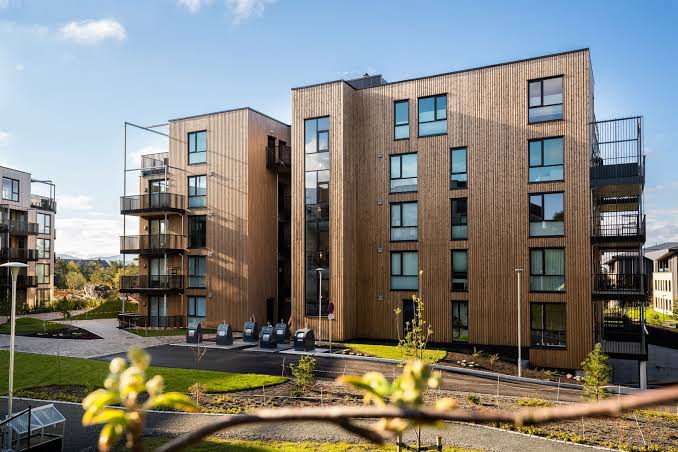
Timber cladding has long been cherished for its natural aesthetics, durability, and ability to seamlessly blend with various architectural styles. But with the plethora of timber species available and a range of factors to consider, how do you make the right choice for your cladding project? In this blog post, we’ll explore tips and best practices to guide your decision-making.
1. Understand the Basics of Timber Cladding
Before delving into specifics, it’s essential to grasp the basics of timber cladding. At its core, cladding is the application of one material over another, providing a protective layer against the elements. Timber, with its inherent beauty and resilience, makes for a popular cladding choice.
2. Consider the Climate
The climate of your location plays a crucial role in timber selection:
Wet Climates: Opt for hardwoods like teak or cedar, known for their resistance to water and dampness.
Dry Climates: Woods like pine or larch, which can handle fluctuating temperatures, are ideal.
3. Decide Between Hardwoods and Softwoods
Hardwoods: Derived from deciduous trees, hardwoods like oak, teak, and mahogany are dense and durable. They tend to be more resistant to decay and offer a rich variety of colours and textures.
Softwoods: Coming from coniferous trees, softwoods like cedar, pine, and spruce are generally lighter and less expensive than hardwoods. While they might be less dense, certain softwoods can offer excellent durability and resistance to weathering.
4. Aesthetic Appeal and Finish
Timber’s natural grain, colour, and texture can dramatically influence the overall look of your property. Some woods grey beautifully with age (like cedar), while others maintain their colour better with proper treatment. Consider how the timber will age and whether it aligns with your desired aesthetic.
5. Durability and Maintenance
Different timbers have varying lifespans and maintenance requirements:
Treated Softwoods: While generally less durable than hardwoods, treating softwoods can enhance their lifespan, making them comparable to many hardwoods.
Hardwoods: Typically, last longer and might require less maintenance but can be pricier.
6. Environmental Impact
Always source timber from sustainable sources. Look for certifications like FSC (Forest Stewardship Council) or PEFC (Programme for the Endorsement of Forest Certification) to ensure your timber is responsibly harvested.
7. Cost Implications
Your budget will inevitably influence your timber choice. Softwoods tend to be more affordable but might incur additional costs in maintenance or treatments. Hardwoods might have a higher upfront cost but can be more cost-effective in the long run due to their durability.
8. Expert Recommendations
Some popular choices for timber cladding include:
Western Red Cedar: Known for its rich colour, excellent durability, and resistance to decay.
Oak: Offers a timeless appeal, strength, and long lifespan.
Larch: A resilient softwood that becomes more durable with treatments.
Pine: Cost-effective and readily available, it can be treated for enhanced durability.
9. Treatments and Finishes
Depending on your chosen timber, consider treatments to enhance its lifespan and appearance. Options range from clear sealants that showcase the wood’s natural beauty to coloured stains that offer UV protection.
10. Seek Professional Advice
Lastly, always consult with professionals. Their experience can provide insights into the best timber for your specific needs, local climate conditions, and desired aesthetic.
Conclusion
Choosing the right timber for your cladding project is a decision that blends both functional and aesthetic considerations. By understanding the distinct characteristics of various timbers and considering factors like climate, durability, cost, and aesthetics, you can ensure your cladding not only looks stunning but also stands the test of time. Whether you lean towards the rich hues of hardwoods or the versatility of treated softwoods, your choice in timber can significantly enhance the beauty and value of your property.

